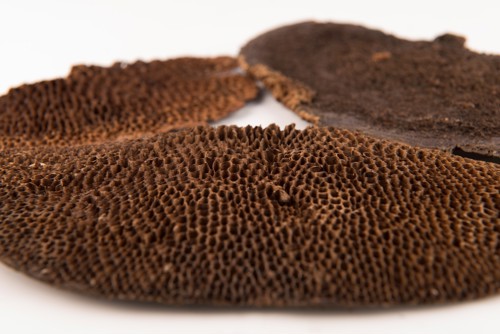Summary
152,000 specimens
3,196 Type specimens
Fungi are an essential part of many ecosystems. The diversity of fungi is only partly understood, and many new species are yet to be discovered. Most fungi are microscopic and hard to detect, but others intermittently produce fruiting bodies – commonly called mushrooms or toadstools.
Mycological research at RBGE focuses on the lichenised fungi (lichens) and the Pucciniales (or Uredinales, the rust fungi), an order within the Basidiomycota. The rusts are plant parasites and are economically important in agriculture, horticulture and forestry.
Our herbarium collections reflect RBGE’s strong legacy of British and international mycology, and date back to the early 19th century.
Our holdings include specimens collected by Archibald Menzies and Johann Friedrich Klotzsch when they were employed as mycologists in Glasgow under Joseph Dalton Hooker, the collections of Robert Kaye Greville that support his Scottish Cryptogamic Flora, as well as some classical Elias Magnus Fries specimens. There are also many duplicates of Miles Joseph Berkeley and Mordecai Cubitt Cooke.
More recent collections include specimens of plant and tree pathogens of Malcolm Wilson, the agaric collections of P.D. Orton that support his numerous publications, and a wide range of general accessions including Scottish material by Douglas M. Henderson and Roy Watling. The foreign collections include approximately 2,000 specimens of the late Edred John Henry Corner.

Hexagonia wightii

